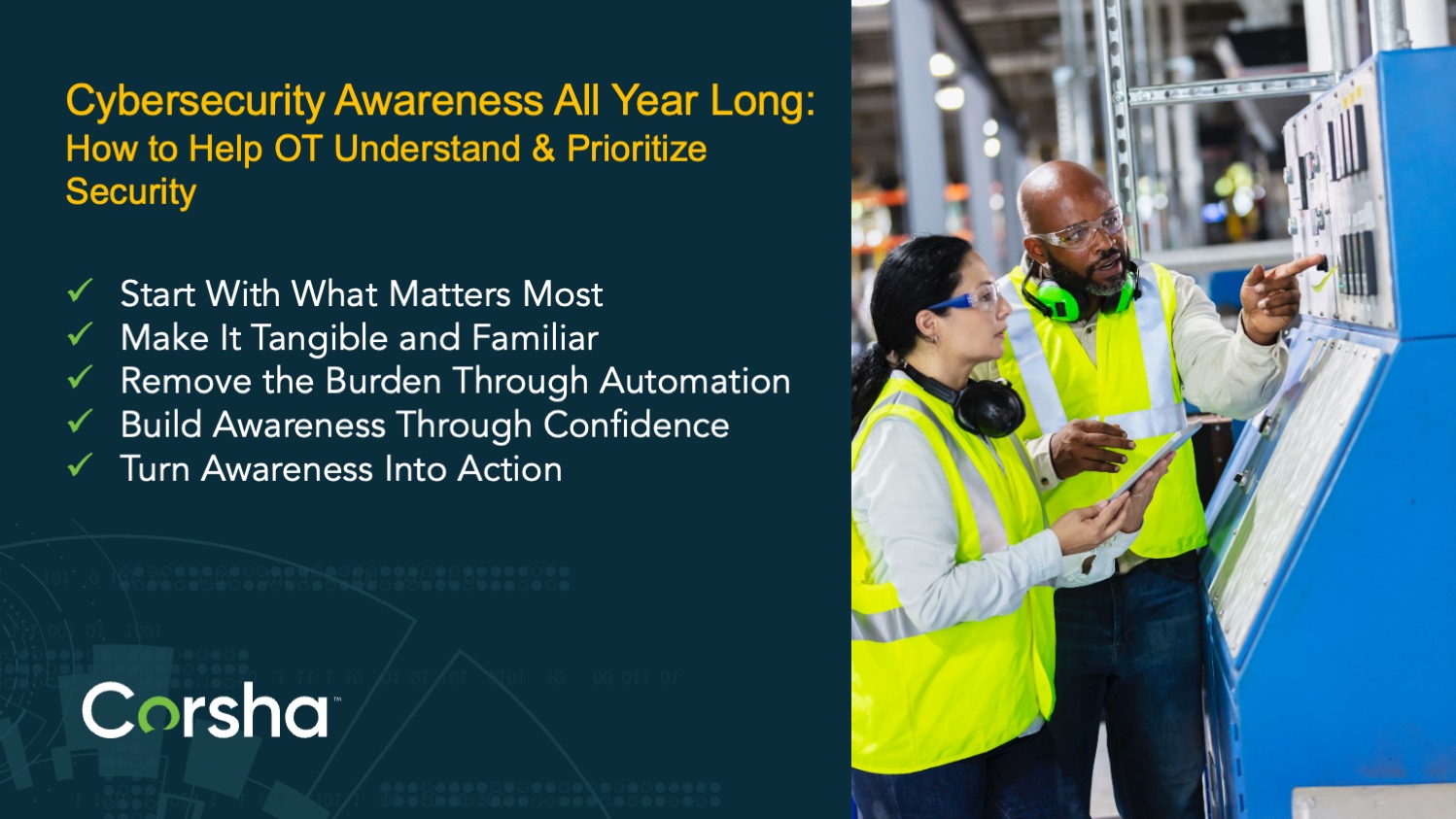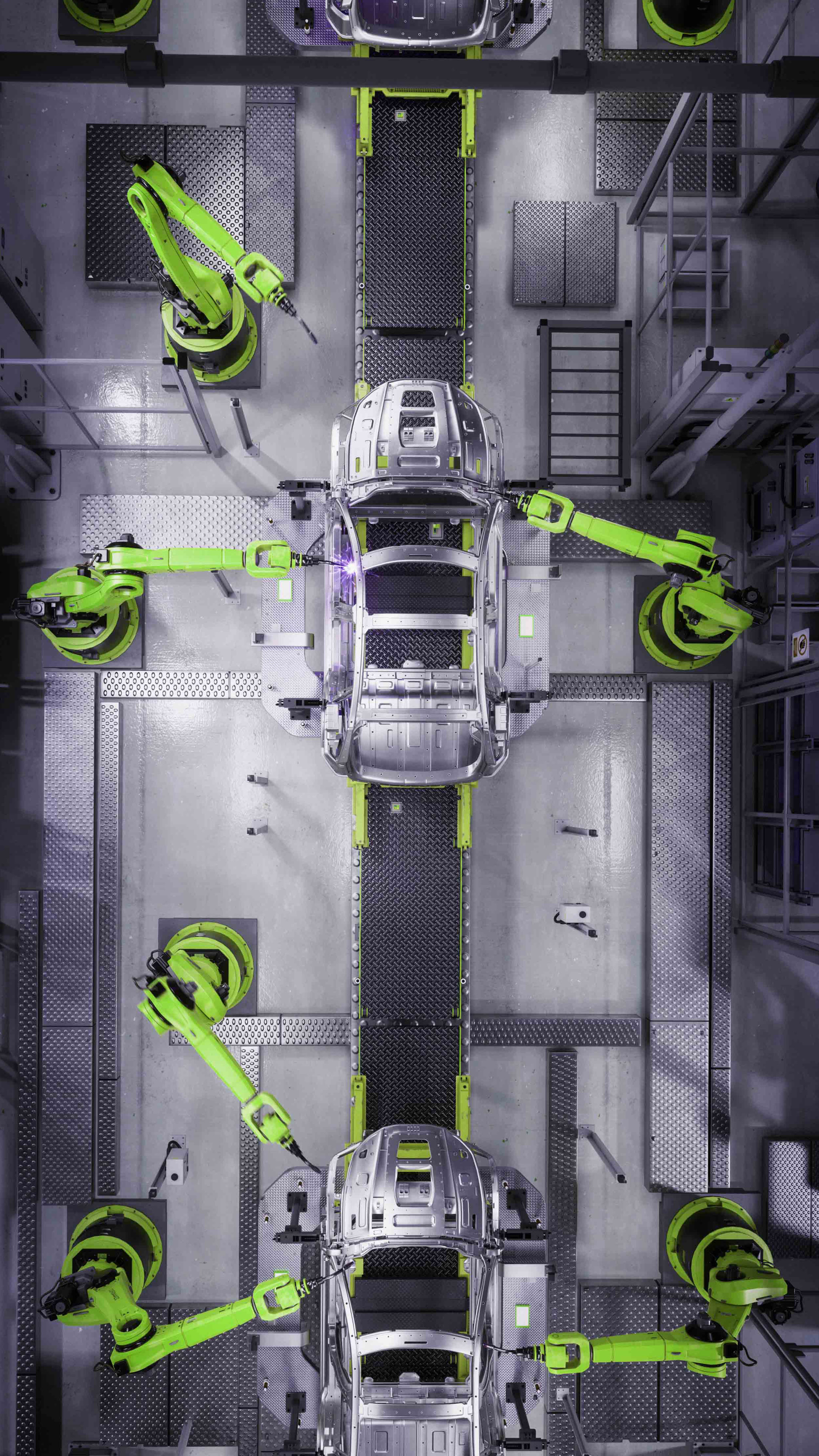In an unprecedented event that has shaken the cybersecurity landscape, Snowflake, a major player in data consolidation, has fallen victim to what is now turning out to be the largest data breach in world history. The culprit? A sophisticated threat actor identified as UNC5537. This breach compromised individual customer accounts using stolen machine credentials, affecting several hundred companies globally. The fallout from this incident underscores the critical need for robust security measures, including multi-factor authentication (MFA), zero-trust principles, and machine identity access management.
The Breach: A Closer Look
Snowflake, known for its comprehensive data services, became a prime target due to its extensive repository of valuable information. The attackers, exploiting the lack of MFA on affected accounts, managed to authenticate successfully using only a valid username and password. These credentials, as revealed in the initial investigation, were purchased over the Dark Web, highlighting one of a few significant vulnerabilities in Snowflake’s security posture.
This breach raises crucial questions about the security protocols of major data consolidation companies. How could such a vital component of our digital infrastructure fall prey to such a seemingly preventable attack? The answer lies in a combination of outdated security practices and the evolving sophistication of cyber threats.

Source: Mandiant
The Importance of Zero-Trust
The concept of zero-trust security has gained traction in recent years as a fundamental shift from traditional perimeter-based security models. Unlike conventional models that assume everything inside the network is safe, zero-trust operates on the principle that no entity, inside or outside the network, should be trusted by default. Every access request is thoroughly vetted, regardless of its origin.
In the context of the Snowflake breach, a zero-trust model could have significantly mitigated the risk. By continuously verifying machine and user identities and monitoring their behavior, any anomalous activity would have raised red flags, triggering further scrutiny and potentially preventing unauthorized access. Implementing zero-trust involves several key strategies:
-
Strong Identity and Continuous Authentication: ID’ing users, devices, and workloads and challenging every access with MFA.
-
Micro-segmentation: Dividing the network into smaller, isolated segments to limit the lateral movement of attackers.
-
Least-privilege access: Granting users the minimum level of access necessary for their role.
-
Continuous monitoring and analytics: Using advanced analytics to detect and respond to suspicious activities in real-time.
Multi-Factor Authentication on all accounts human and machine: A REQUIREMENT, Not an Option
The Snowflake breach starkly illustrates the inadequacy of relying solely on usernames and passwords for authentication. Multi-factor authentication (MFA) adds an essential layer of security by requiring additional verification steps, such as a temporary code sent to a mobile device or biometric verification.
MFA significantly reduces the risk of unauthorized access even if credentials are compromised. In a world where passwords can be stolen or guessed, MFA acts as a critical barrier against cybercriminals. Implementing MFA involves:
-
Something you know: A password or PIN.
-
Something you have: A smartphone or hardware token.
-
Something you are: Biometric verification like fingerprints or facial recognition.
The Obvious: Had Snowflake mandated MFA for all accounts, the stolen credentials would have been insufficient for the attackers to gain access, potentially averting the breach.
The Subtle: The Credentials stolen from infostealer malware output were still valid, in some cases years after they were stolen, and had not been rotated or updated. Lifecycle management of all secrets needs to be automated and layered.
Non-Human Identity and Access Management: The Future of Cybersecurity
As organizations increasingly rely on automated processes and interconnected devices, managing machine identities has become as crucial as managing human identities. Machine identity access management ensures that non-human entities, such as applications, containers, and IoT devices, are authenticated and authorized at the same level of sophistication as human users.
Corsha, a leading company in machine identity access management, offers solutions that address these challenges head-on. Their platform provides comprehensive security for machine-to-machine communication, ensuring that only trusted machines can access sensitive data and systems
Corsha: Leading the Charge in Machine Identity Access Management
Corsha’s innovative approach to machine identity access management leverages dynamic, per-session secrets for machine authentication. This method significantly reduces the risk of credential theft and misuse. By using cryptographic techniques to establish machine identities, Corsha ensures that each machine is uniquely and securely authenticated.
The Path Forward: Implementing Robust Security Measures
In light of the Snowflake breach, it is imperative that organizations across all industries reevaluate and strengthen their security protocols. Here are some steps to consider:
-
Adopt Zero-Trust Principles: Implement zero-trust security models to ensure continuous verification of all connections - users, applications, and devices.
-
Mandate Multi-Factor Authentication: Require MFA for all user accounts to add an essential layer of protection against unauthorized access.
-
Invest in Machine Identity Access Management: Leverage solutions like Corsha to secure machine-to-machine communication and prevent unauthorized access to critical systems.
-
Regular Security Audits and Updates: Conduct frequent security audits to identify vulnerabilities and update security measures accordingly.
-
Employee Training and Awareness: Educate employees about the importance of cybersecurity practices and the potential risks of credential theft and phishing attacks.
Conclusion
The largest data breach in history serves as a stark reminder of the ever-evolving landscape of cyber threats. As attackers become more sophisticated, it is crucial for organizations to adopt a proactive and comprehensive approach to cybersecurity. Implementing zero-trust principles, mandating multi-factor authentication, and investing in machine identity access management are essential steps toward safeguarding sensitive data and maintaining trust in our digital infrastructure.
By learning from the Snowflake breach and taking decisive action, organizations can better protect themselves against future attacks and ensure the integrity of their data and systems. The time for complacency is over; the future of cybersecurity demands vigilance, innovation, and a commitment to continuous improvement.
Corsha’s role in advancing machine identity access management exemplifies the forward-thinking solutions needed to tackle modern cybersecurity challenges. As we move forward, embracing these technologies and strategies will be critical in building a resilient and secure digital world.
About Kevin Thomas, Director of Test Automation
Kevin is the Director of Test Automation at Corsha and the mastermind behind the world's most popular and comprehensive free self-study tutorial on Reverse Engineering. His tutorial, covering x86, x64, 32-bit ARM, and 64-bit ARM assembly chip architectures, consistently ranks #1 and #2 on Google for "reverse engineering tutorial" and holds the top spot on GitHub for "reverse engineering."
About Corsha
Corsha is an Identity Provider for Machines that allows an enterprise to securely connect, move data, and automate with confidence from anywhere to anywhere. Corsha builds dynamic identities for trusted machines and brings innovation like automated, one-time-use MFA credentials to APIs.
Corsha’s mission is to secure data in motion and bring zero trust to machines, systems, and services. Today DevSecOps and security teams often are forced to compromise by using static, long-lived API keys, tokens, and certificates as weak proxies for machine identity and access. Corsha helps teams move past static secrets and generates dynamic identities for trusted machines, bringing innovation like automated, one-time-use MFA credentials, scheduled access, and deep discovery to APIs. The Identity Provider also offers visibility and control over automated API traffic and enables real-time revocation and rotation of identity without disrupting other workloads.
Whether it is across hybrid cloud infrastructure, data centers, or even manufacturing shop floors, Corsha reimagines machine identity to keep pace with the scale of data and automation needed today. We ensure automated communication from anywhere to anywhere is pinned to only trusted microservices, workloads, server, controllers, and more. The use of API keys, token, and certificates for authentication is a weak proxy for machine identity today, proving to be costly, risky, and incomplete. Corsha’s Identity Platform helps an organization move past these outdated secrets management approaches and unlock secure connectivity and data movement at scale.


